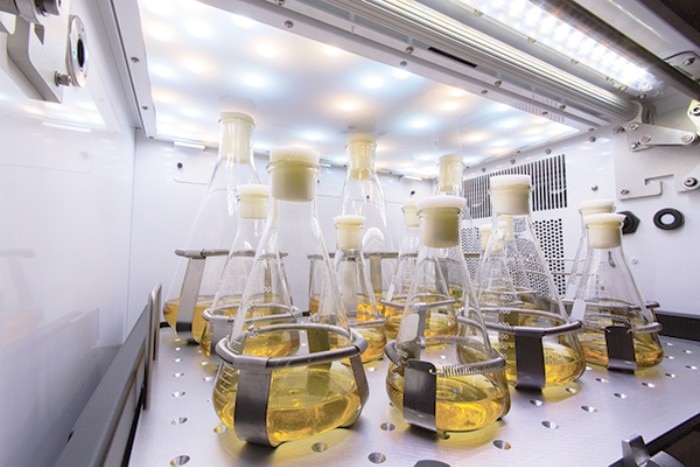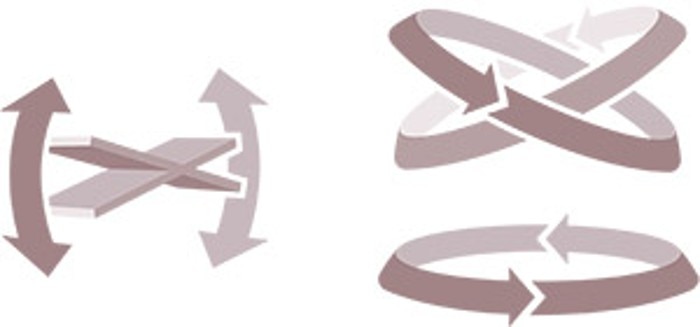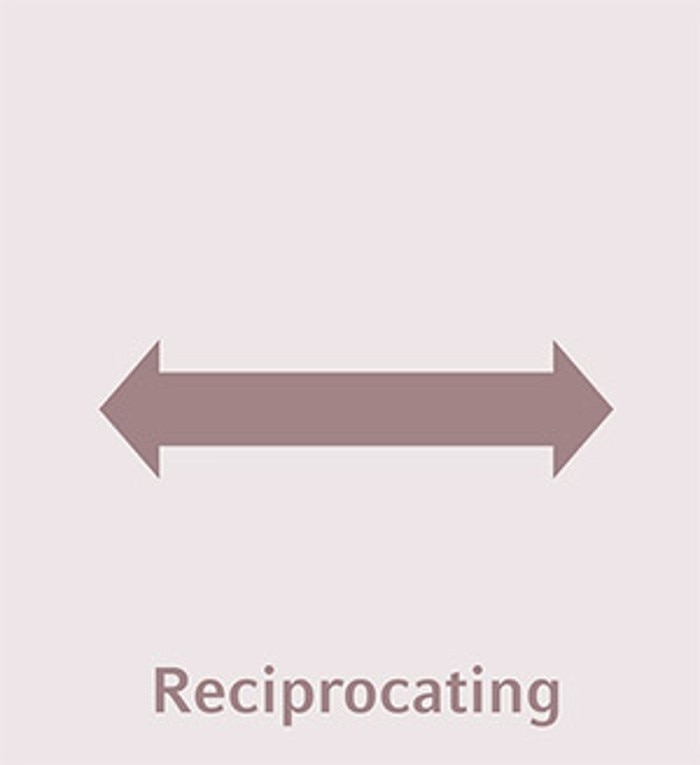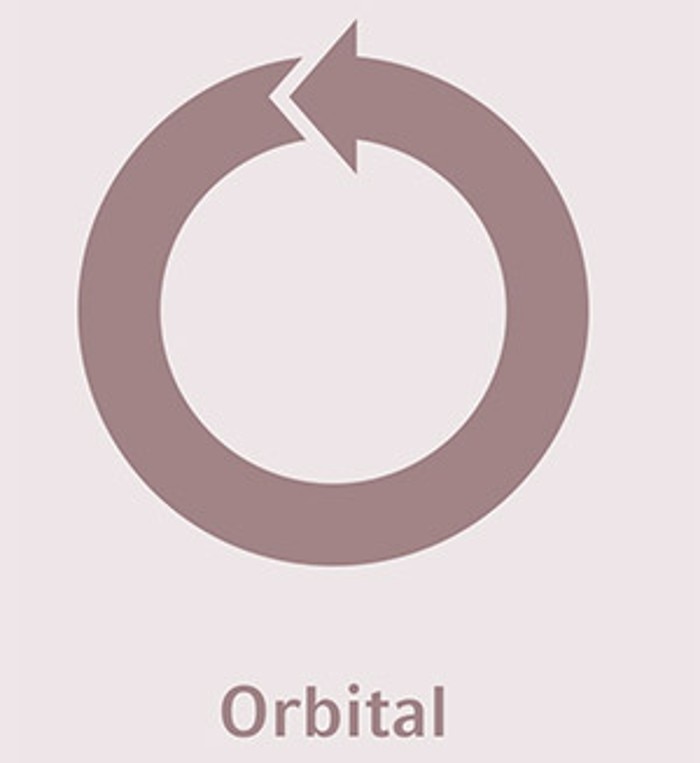-
- Tischzentrifugen
- Standzentrifugen
- Gekühlte Zentrifugen
- Mikrozentrifugen
- Mehrzweckzentrifugen
- Hochgeschwindigkeitszentrifugen
- Ultrazentrifugen
- Concentrator
- IVD Produkte
- High-Speed and Ultracentrifuge Consumables
- Zentrifugenröhrchen
- Zentrifugenplatten
- Gerätemanagement
- Proben- und Informationsmanagement

From Rockers to Orbital Shakers – What Type to Use for Shaking Cultures?
Ines Hartmann Lab Academy
- Mixers & Shakers
- Essay
Rocking, linear or orbital shaking – three different agitation modes all with the same purpose to mix samples. Still, there are differences in the technology behind as well as in the related instruments in the lab. Learn more about the shaking processes and its applications in the lab.
Shakers have been used to cultivate cells since the beginning of the last century. No matter if it is a microbial, algae or mammalian shake culture, the purpose of shaking is to increase the availability for nutrients and to improve the oxygen transfer to gain a higher biomass compared to static incubation. Beside that results should be reproducible to make parallel experiments comparable. What mode of agitation is best suited for cell expansion and what mode is more appropriate for applications in molecular biology?
Mehr erfahren
Weniger lesen

The Soft – Gentle mixing with rockers
Mehr erfahren
Weniger lesen

The Turbulent - Breaking the waves with reciprocating shakers
Mehr erfahren
Weniger lesen
Reciprocating or linear motion shakers move the liquid back-and-forth in a horizontal plane. During reciprocating shaking, fluids movement starts with a surge and usually develops into a return curl before ending up in a swirl. This return curl pattern is strongly affected by liquid viscosity. It may get quite turbulent and easily inconsistent depending on fill level and speed.

Mehr erfahren
Weniger lesen
The Consistent – Continuous swirl with orbital shakers
Mehr erfahren
Weniger lesen
Nowadays most of the shakers for cell expansion of microbial, algae, and mammalian cultures are orbital shakers. Orbital shakers rotate the platform in a circular motion, which results in a consistent “swirl” pattern. In comparison to reciprocating shakers, the swirl pattern formation is much less affected by variables like media viscosity, instrument ramp-up or fill volumes [2].

Mehr erfahren
Weniger lesen
References:
[1] Büchs, J. (2001) Introduction to advantages and problems of shaken cultures. Biochem. Eng. J. 7, 91–98[2] D. Freedman (1970), the shaker in Bioengineering. Advanced instrumentation
S. Suresh, V.C. Srivastava, and I.M. Mishra. Critical analysis of engineering aspects of shaken flask bioreactors. Informa healthcare. 2009; 29(4): 255–278
Mehr erfahren
Weniger lesen

